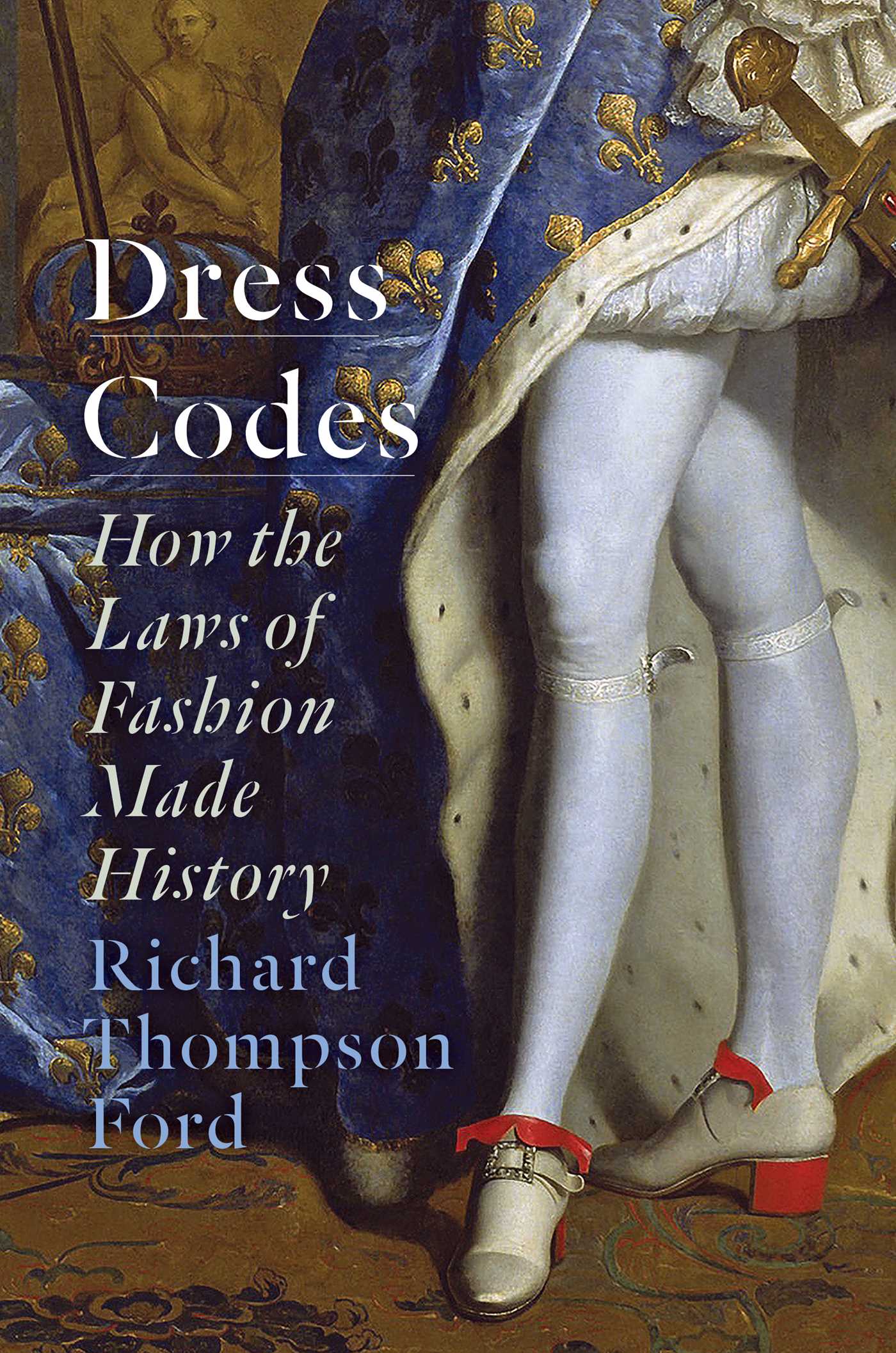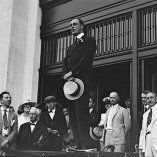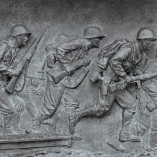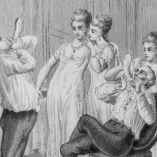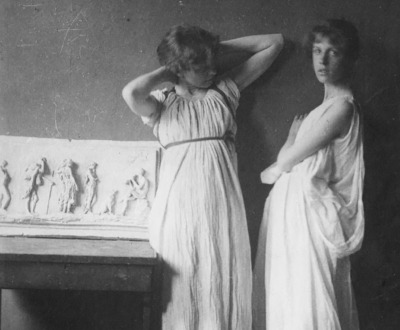
Unidentified models in Greek costumes, c. 1883. Photograph attributed to Thomas Eakins. Hirshhorn Museum and Sculpture Garden, Smithsonian Institution, Washington, DC, gift of Joseph H. Hirshhorn, 1966.
“A dress code can be the Rosetta Stone to decode the meaning of attire,” law scholar Richard Thompson Ford writes in his book Dress Codes: How the Laws of Fashion Made History. “We can get a hint about how people understood an article of clothing by looking at the rules that allowed and prohibited it. Sometimes dress codes are quite explicit about the meaning of the attire they regulate: for instance, some Renaissance-era dress codes said that red or purple symbolized noble birth, and others insisted that jewelry and sumptuous adornments were signs of sexual licentiousness. Moreover, these dress codes didn’t just reflect preexisting associations between clothing and social status, sexual morality and political position—they also reinforced and at times even created these associations, changing the way people thought of those wearing a certain garment and how the people wearing it thought of themselves.”
This week on The World in Time, Lewis H. Lapham and Ford discuss the morals and politics behind history’s fashion trends—and the ones that surround us today.
Lewis H. Lapham speaks with Richard Thompson Ford, author of Dress Codes: How the Laws of Fashion Made History.
Thanks to our generous donors. Lead support for this podcast has been provided by Elizabeth “Lisette” Prince. Additional support was provided by James J. “Jimmy” Coleman Jr.
